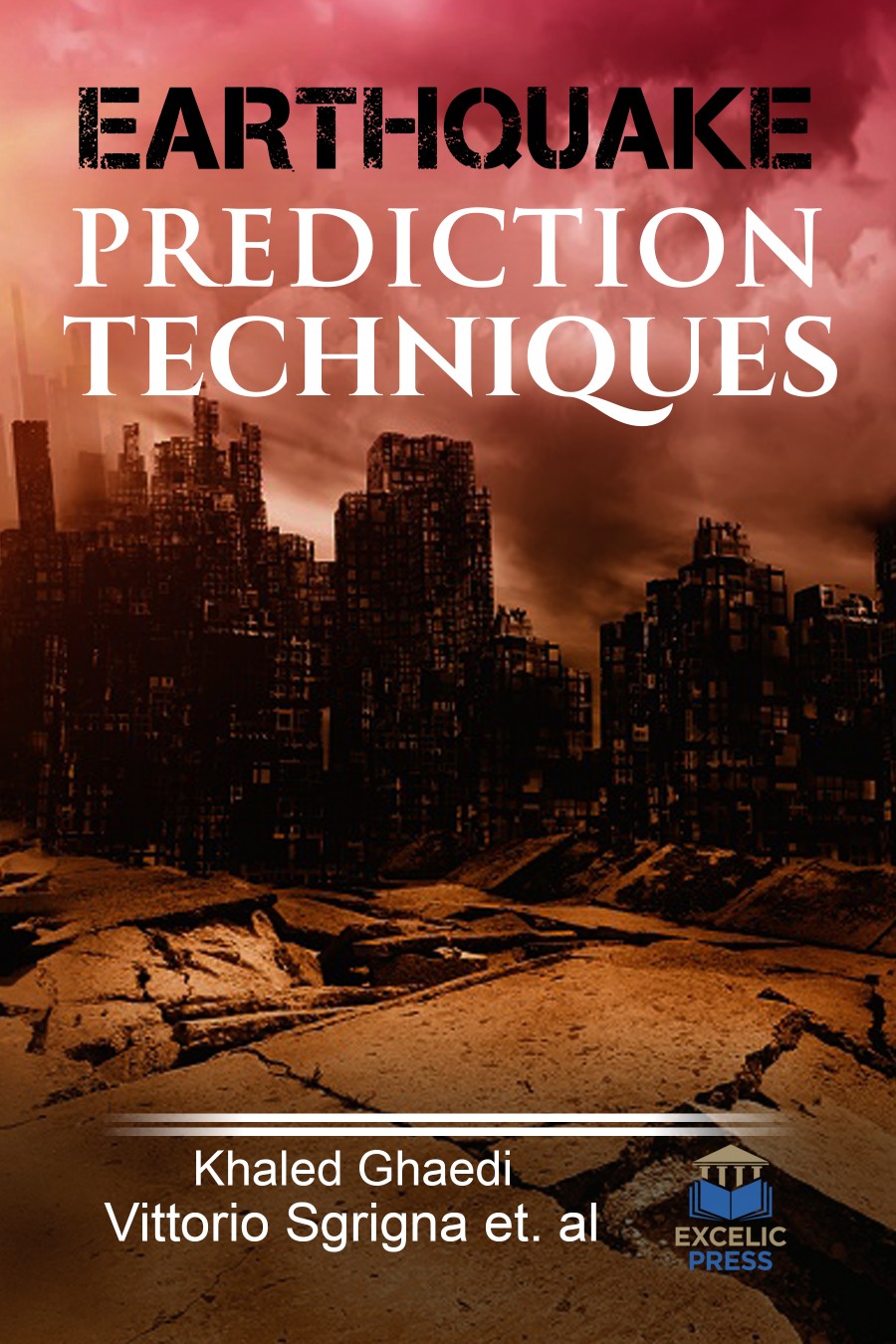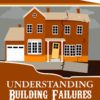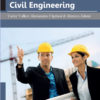One of the keystones of science is the ability to precisely and consistently forecast natural phenomena. Unfortunately, earthquake prediction research has been plagued by controversy, and it remains an outstanding problem; for a review of some of the historical challenges. Today’s scientists understand earthquakes a lot better than we did even 50 years ago, but they still can’t match the quake-predicting expertise of the common toad, which can detect seismic activity days in advance of a quake. As a result, most earthquake predictions are vague at best. Scientists have had more success predicting aftershocks, additional quakes following an early earthquake. These predictions are based on extensive research of aftershock patterns. Earthquake forecasting and prediction is an active topic of geological research. Geoscientists are able to identify particular areas of risk and, if there is sufficient information, to make probabilistic forecasts about the likelihood of earthquakes happening in a specified area over a specified period.
This volume is packed with state-of –art information covering various methods and techniques for evaluating earthquake predictions and earthquake forecasts. This book brings a combination of basic earthquake science techniques that will make the book understandable to the non-specialist, a good assortment of data and research conclusions, and a bare-knuckles appraisal of current philosophy and strategy for prediction of earthquakes. The book includes field, laboratory, and theoretical investigations of earthquake mechanisms and fault zones. Progress in long- and intermediate-term earthquake prediction is reviewed emphasizing results from various sites.













